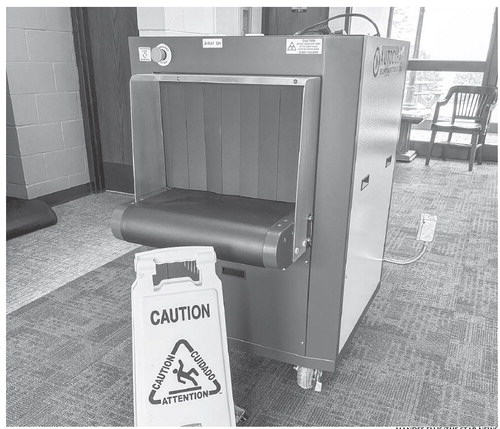County looks to preserve farm credits
By Kevin O’Brien
Marathon County must update a portion of its comprehensive plan by the end of this year, or it could risk losing Farmland Preservation credits for farmers across the county.
County board chairman Kurt Gibbs told members of the Executive Committee on May 16 that updating the comprehensive plan will be a top priority this year as part of the process of revising the county’s Farmland Preservation plan, which must be done by Dec. 31, 2024.
“If we fail to do that, we are going to put in jeopardy any of the Farmland Preservation tax credits that farmers in Marathon County currently are eligible to receive if they are participating in Farmland Preservation and are in total compliance with all of the requirements,” he said. “That is, in real dollars, significant money in the county.”
When he was working as a tax preparer in the private sector, Gibbs estimated that about 20 percent of farmers participated in Farmland Preservation, which provides money back to them on a per-acre basis.
The state Department of Agriculture, Trade and Consumer Protection (DATCP), has said “point-blank” that Marathon County farmers will be ineligible for tax credits if the county does not update both its comprehensive plan and Farmland Preservation plan, Gibbs noted.
“That is going to be a huge lift that we are going to have to get done by Dec. 31 so that the farmers are eligible to continue to receive those tax credits,” he said.
Board vice-chair Chris Dickinson clarified that, at minimum, a certain section of the comprehensive plan needs to be updated by the end of the year. He asked whether there were any other time-sensitive statutory requirements related to the comprehensive plan.
“Whose responsibility is that?” he asked. County administrator Lance Leonhard said staff at Conservation, Zoning and Planning (CPZ) are the most well-versed in what
See FARMLAND/ page 2 Farmland
Continued from page 1
is needed from the comprehensive plan, and their priority right now is the section related to Farmland Preservation. He offered to have the CPZ staff give a presentation to the committee at some point.
Gibbs said CPZ staff knew the Farmland Preservation update was coming, but they just recently found out from DATCP that significant changes were also needed to the comprehensive plan to maintain links between the two documents.
“I look forward to making sure we get this done,” Dickinson said.
CPZ director Laurie Miskimins said the requirements for updating the Farmland Preservation plan have changed since the county last changed it in 2013. She said a draft of the new plan has been brought before Environmental Resources Committee for review and it has also been discussed at a couple of public hearings.
“It now sits at DATCP for their administrative review,” she said. “We do expect that back at the end of this month, with the idea that we would be bringing it to the ERC and county board in June and July for adoption.”
When it comes to the comprehensive plan, she believes a relatively quick amendment could be made this year to align with Farmland Preservation, but a longer process of fully updating the plan could get underway with the goal of adopting a new version by 2026.
The county website, marathoncounty. gov, has the updated Farmland Preservation Plan available for review, along with maps showing where the preservation areas are in each municipality.
“This plan functions as the primary policy document setting forth directions for how Marathon County intends to preserve agricultural production capacity, farmland, soil and water resources, and rural character,” the introduction states. “At the same time, this Plan is designed to accommodate compatible growth in planned locations, forms, and densities—particularly focused in locations with sufficient infrastructure and physical characteristics to sustain development.”





